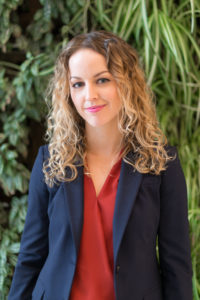My client in private practice didn’t show up tonight. In fact, this was my third no-show in two weeks. I milled about trying to not feel the weight of each minute passing, wondering if she was just late today. Then I chatted with a co-worker, attempting to ease my anxiety and get a dose of reassurance. I called the client, left a message and sent an email. For a a moment I felt like I’d been stood up on a date. I wanted to spend time with them but they didn’t want to spend time with me.
I tried to keep myself busy, contemplating documentation. All the while, I watched worries creep in, then float away. Anxiety about my ability as a therapist, my worth. Judgment about having these thoughts. Convincing myself. Worrying about my client and hoping something terrible hasn’t happened. Can you relate?
What We Do After A No-Show Can Tell Us A Lot About Ourselves
We can learn something about our clients too. Here are some ideas to get you thinking instead of getting lost in analysis paralysis .
- Notice what you feel and think about in moments following a no-show. What can these feelings teach you about your relationship with the client? What can your response help you understand about yourself as a therapist?
- Use your response to set expectations and deliver on good customer service. In a field where caring is a central skill, show that you do. Call the client 15 minutes after the session planned to start. Follow up if you haven’t heard back. However you decide to respond to the no-show, be intentional and make it consistent.
- What clinical issues are present? Notice whether the no-show can help you learn about the client’s behavior or problem areas. A client with social anxiety may respond by apologizing or avoiding the topic. A client with entitlement may justify the no-show or be defensive. Examine the behavior and the response in the next session.
- A no-show is precious found time. Celebrate it! You could use the time on routine tasks like documentation, scheduling or outreach. Or you could let your mind go to some interesting places, pursue creative tasks or read. Let yourself do something out of the ordinary! Treat the time as a part of your schedule and use it to grow your practice.
 Amy Rosechandler is a Licensed Mental Health Counselor, Certified Group Psychotherapist and owner of Clarity Mental Health, a counseling practice in Rochester, New York. She is honored to work with teens and adults looking to strengthen their relationships, feel more empowered and find clarity. Amy adores collaborating with colleagues to make their career dreams come true and helps new counselors build confidence.
Amy Rosechandler is a Licensed Mental Health Counselor, Certified Group Psychotherapist and owner of Clarity Mental Health, a counseling practice in Rochester, New York. She is honored to work with teens and adults looking to strengthen their relationships, feel more empowered and find clarity. Amy adores collaborating with colleagues to make their career dreams come true and helps new counselors build confidence.

